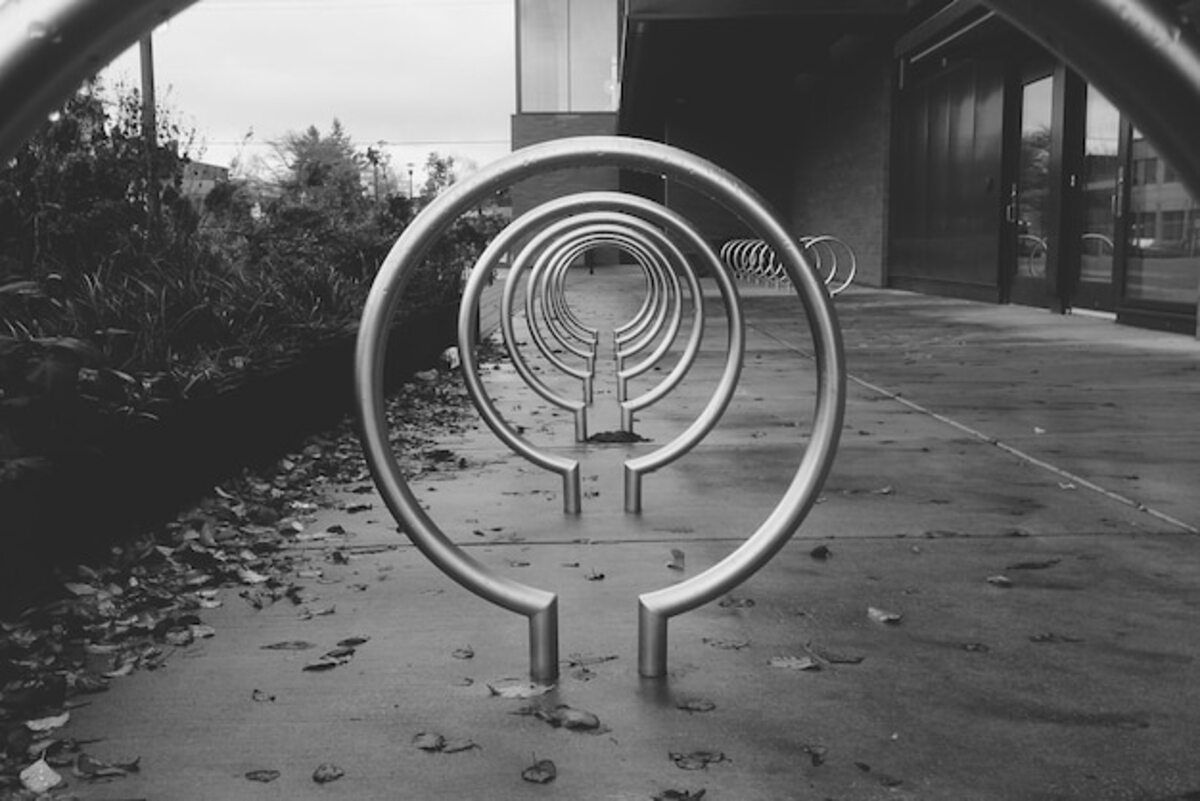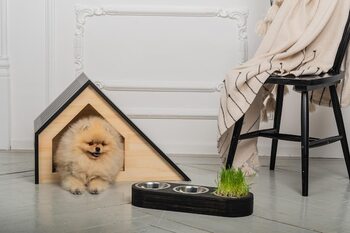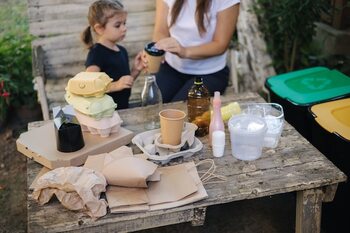Urban lifestyle: spaces that tell personal stories

Urban life is woven through the spaces we inhabit, each corner tells a personal story that reflects our experiences and emotions. In this article, we will explore how urban and suburban environments are not only physical settings but also living narratives that connect us to our identity. From cozy apartments to vibrant cafés, you will discover how these places influence our daily lives, enriching our experiences in unexpected ways. Get ready to embark on a journey where each space reveals a part of you.
The connection between urban space and personal identity
The connection between urban space and personal identity is a fascinating phenomenon that manifests in every corner of our cities. The places we inhabit, from the neighborhood where we grow up to the café we return to time and again, are not just physical settings; they are extensions of ourselves. These spaces envelop us with their stories, influencing the way we are and relate to the world. The architecture, colors, sounds, and people around us create a canvas on which we project our experiences and emotions, turning each place into a reflection of our own narrative.
As we explore our urban environments, we discover how they influence our personal identity. For example, a local park can become our personal refuge where we find peace and reconnection with nature; a bookstore can be the cradle of our most creative ideas; or even a simple walk through the streets can evoke deep memories that define us. Each interaction with these spaces helps shape who we are, nurturing our sense of belonging and connection to the community. Thus, through our urban experiences, we form an intimate and symbiotic relationship with the places we inhabit, making them an integral part of our personal identity.
2. Cafés and restaurants: urban refuges filled with memories
Cafés and restaurants have become true urban refuges where memories intertwine with each cup of coffee served or each shared dish. These spaces not only offer a respite from the hustle and bustle of the city, but they are also stages for meaningful encounters, laughter, and conversations that shape our lives. From the first sip of an espresso to the last bite of a homemade dessert, each culinary experience is an opportunity to create indelible memories. In these places, the walls seem to absorb the essence of those who visit them, becoming silent guardians of everyday stories.
Moreover, cafés and restaurants have the unique ability to reflect the cultural and social diversity that characterizes cities. Each establishment has its own style, atmosphere, and clientele, making it a microcosm of urban life. Upon entering one of these places, one can feel as if they are traveling through time and space; whether enjoying traditional cuisine or exploring new culinary fusions, each visit is an invitation to connect with others and rediscover oneself. Thus, cafés and restaurants not only nourish our bodies but also our souls by nurturing our relationships and feeding our personal stories within the vast urban fabric.
3. Parks and plazas: the importance of nature in the city
Parks and squares are authentic lungs within the urban fabric, offering a refuge of nature amidst the hustle and bustle of city life. These green spaces not only beautify the cities but also provide a place where people can disconnect from daily stress and reconnect with their environment. A walk through a well-maintained park can evoke childhood memories, moments shared with friends, or instances of personal reflection. By frequenting these places, citizens create bonds not only with the space but also among themselves, fostering a more cohesive and vibrant community.
In addition to being venues for recreational activities and social gatherings, parks and plazas play a crucial role in our mental health and emotional well-being. The presence of nature has proven effects on our happiness; simply observing lush trees or listening to the murmur of water can reduce anxiety and improve our mood. These outdoor spaces invite contemplation and offer an opportunity to momentarily escape the frantic pace of urban life. Thus, every time we sit on a bench under the shade of a tree or enjoy a picnic in a busy plaza, we are weaving new stories that enrich our personal experience within the vast urban tapestry.
4. The influence of interior design on our quality of life
The interior design of our homes and urban spaces plays a fundamental role in our quality of life. Colors, textures, and furniture arrangements not only affect our mood but also influence our productivity and emotional well-being. A well-designed environment can foster creativity and relaxation, while a cluttered or poorly arranged space can generate stress and anxiety. For example, a bright room with green plants and personal elements can invite relaxation and enjoyment, creating a refuge from the urban hustle that surrounds us.
Furthermore, interior design allows us to personalize our spaces to reflect our individual stories. Every decorative object, from a piece of art to a heirloom furniture, has its own narrative that intertwines with our experiences. These aesthetic choices not only beautify our environment but also serve as reminders of significant moments in our lives. Thus, by emotionally connecting with our space through interior design, we enhance our quality of life by feeling more rooted and satisfied in the place we inhabit.
5. Community spaces: where stories intertwine
Community spaces are the beating heart of urban life, where the stories of diverse individuals intertwine in a beautiful tapestry of shared experiences. From parks and plazas to cultural centers and libraries, these places foster spontaneous encounters and meaningful connections. Here, the bustle of conversations blends with laughter, as residents share not only their time but also their dreams and aspirations. This human exchange transforms spaces into genuine stages where each encounter can become a memorable anecdote that adds richness to our personal narrative.
In addition to being simple meeting points, community spaces have a transformative power that influences our daily lives. By participating in group activities such as workshops, fairs, or sporting events, we find ourselves surrounded by a support network that nurtures our sense of belonging. These environments teach us about the importance of collaborative work and foster empathy towards our neighbors. Every corner has the potential to tell a unique story; from the vibrant murals that represent the local culture to the worn benches that have been silent witnesses to countless confessions. In this crossroads of humanity, each person leaves their mark, contributing to a collective narrative that reflects the very essence of urban living.
6. How to choose the perfect place that reflects your personality
Choosing the perfect place that reflects your personality is an intimate and revealing process. You must consider not only your aesthetic preferences but also how each space can resonate with your experiences and values. Think about the characteristics that make you feel at home: do you prefer an environment filled with natural light or a cozier, darker one? Are you drawn to minimalist spaces or those filled with art and memories? Every choice you make should be an extension of who you are, from the color palette to the arrangement of furniture. This process can become a journey of self-discovery, where each decision becomes an expression of your essence.
Additionally, the environment you choose should also complement your urban lifestyle. If you enjoy the hustle and bustle of the city and constant interaction with others, you might be drawn to a vibrant neighborhood full of culture. On the other hand, if you value tranquility, you might seek more serene spaces surrounded by nature. Do not underestimate the impact your environment has on your well-being; a well-chosen place can provide you with daily energy and inspiration. Thus, when selecting the right place for you, you are not only choosing a physical home but also creating a personal refuge that nurtures your soul and tells your story through time.
7. The impact of urban art on collective narrative
Urban art has emerged as a powerful form of expression that not only beautifies spaces but also tells collective and personal stories. Murals, graffiti, and artistic installations become vehicles of communication that reflect the experiences and struggles of communities. Each stroke and each color gives a voice to those who feel invisible, creating a dialogue between the art and the viewer. In this sense, urban art becomes a mirror where the collective narrative intertwines with individual stories, allowing passersby to recognize their own experiences in the displayed works.
As we explore the intersection between urban art and everyday life, it is evident that these artistic spaces transform the perception of the environment. They not only provide a sense of belonging and community pride, but also challenge the viewer to question their own relationship with the place they inhabit. The impact of urban art on the collective narrative lies in its ability to be inclusive; it invites everyone to participate in a conversation about identity, culture, and social change. Thus, these narrative spaces not only enrich our urban lifestyle, but also inspire us to be active participants in the story we are creating together.
8. Transforming spaces: DIY to tell your own story
Transforming a space not only involves aesthetic renewal, but it is also a profound act of self-expression. As we embark on a DIY project, we have the opportunity to put our creativity into practice and tell our own story through design. Every choice, from colors to furniture, can reflect our experiences, tastes, and aspirations. A restored piece of furniture can evoke family memories, while a wall decorated with photographs or personal art can capture significant moments from our lives. Thus, every corner becomes a canvas where we express our unique identity.
The process of transforming spaces also fosters a connection with our surroundings and community. By choosing elements that inspire us or working on collaborative projects with friends and neighbors, we not only create an environment that resonates with ourselves, but we also strengthen social ties. By sharing our stories through design, we invite others to do the same, thus creating a vibrant network where personal narratives are intertwined. This DIY approach not only beautifies our homes; it also transforms our urban environments into places full of meaning and character, where each space tells a collective story that celebrates the diversity of human experiences.



